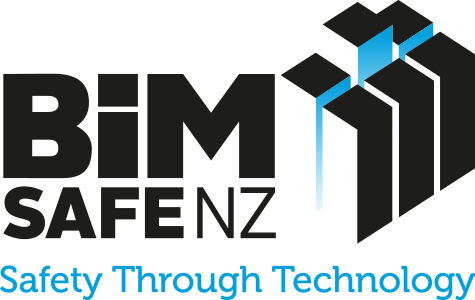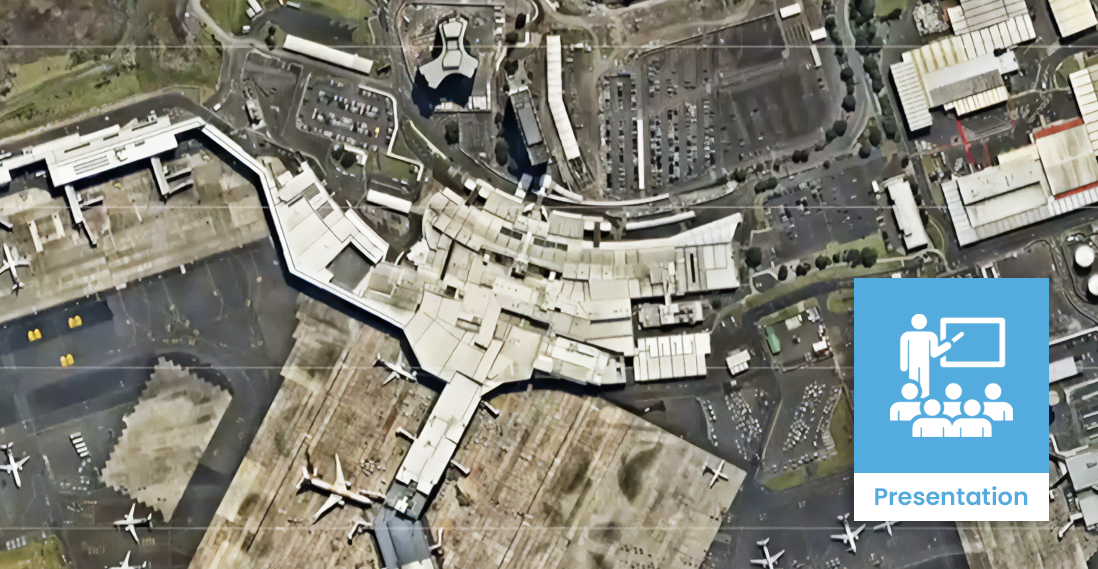Operator / Facilities manager | Model interaction for project communication
Description
Digital models create accurate representations of real-world facility objects, allowing both on-site personnel and external stakeholders to access and share current information. These interactive models can be used to communicate a range of real-time data, including facility design details, day-to-day operational status, current site conditions, and asset status updates.
Facilities managers or operators can interact with the model to clearly and communicate critical safety information to all parties involved directly, or to extract infomraiotn form the model to support other forms of communication. The resulting enhanced visual communication leads to more informed decision-making, better coordination of safety measures, and ultimately, a safer working environment within the facility.

Case studies
Uses and benefits for health and safety
Improve project efficiency, reduce errors and ensure a safer, more streamlined operation.
Provide stakeholders with a better understanding of the facility, including potential hazards, high-risk environments, and room and equipment configurations. This fosters collaboration, as the project team can identify and make informed decisions about potential issues.
Facilitate health and safety training by enabling employees to simulate scenarios and practice emergency procedures.
Improve troubleshooting and maintenance by enabling technicians to diagnose problems in a virtual replica of the facility, then update the model with new information.
Technology/techniques
BIM collaborative platforms, such as Autodesk BIM 360, Trimble Connect, Procore, Navisworks, BIM 360 Glue, etc enable real-time data sharing between project stakeholders.
Immersive technologies, such as augmented and virtual reality, enable personnel to efficiently interact with the model and extract the information they need.
Project stakeholders should be aware of the industry standards for interactive models, including the ISO-Standard IFC (Industry Foundation Classes) and COBie (Construction Operations Building Information Exchange), as well those to participate in meetings and workshops, training and education, and change management processes.
Model/data requirements
Key data requirements include:
- space
- information about the facility’s design, systems and components
- space
- an Asset Management System to track asset status and maintenance needs
- space
- real-time sensors and Internet-of-Things devices to provide live data on equipment performance and environmental conditions
- space
- integrated Geographic Information Systems (GIS) for location-based insights
- space
- a centralised database for project documentation
- space
- a clear data sharing protocol.
Hardware and software requirements
Hardware requirements typically include a high-performance computer with advanced graphic processing to handle resource-intensive BIM software.
High-resolution displays and input devices, such as styluses or digital pens, may make it easier for personnel to manipulate the model in more detail. If the preferred method of interaction is augmented or virtual reality, personnel will require devices to support these technologies.
Software requirements include:
- BIM platforms, such as Autodesk Revit, AutoCAD or similar
- Collaboration tools, such as Autodesk BIM 360 or Trimble Connect
- Project management software, such as Procore or Asana
Software developed in-house can sometimes fulfil specific requirements when off-the-shelf software is not available or lacks specific features.
Cloud-based storage and high-speed internet connectivity are indispensable for seamless data exchange.
Contract/procurement implications
Model interaction in facility operation projects has significant implications for contract and procurement processes. Overall, model interaction improves transparency and efficiency in contract and procurement activities and optimises project outcomes.
By using BIM as a central platform, project teams can enhance communication with contractors and procurement professionals. This improves coordination, reduces misunderstandings and enables better procurement decisions. It also helps the project to evaluate potential suppliers and how well they alignment with the project’s requirements.
The ability to share real-time information from the BIM model streamlines contract management, enables timely adjustments and minimises costly delays and disputes.
Roles and responsibilities
| Facility operator |
Provides real-time data on the facility’s performance, maintenance and operational requirements. ㅤ |
| Project team |
Collaborate with other teams to update the BIM models with accurate information. Project teams include including architects, engineers and contractors. ㅤ |
| BIM manager |
Oversees data integrity and model coordination, ensuring all stakeholders have access to the latest data. |
| Project stakeholder |
Relies on the BIM model for decision-making. Stakeholders include owners and investors. ㅤ |
Effective communication between these roles is essential for successful facility operation, maintenance and project outcomes.
Training requirements
Project teams and facility operators must be proficient with BIM systems as the central platform for information exchange. Their training should encompass creating, interpreting and sharing models, with an emphasis on clearly communicating design, operations and asset information. It should also promote collaboration between stakeholders, enabling them to extract insights and make informed decisions, and emphasise BIM’s long-term role in the facility’s life cycle.
Future directions
Advanced technologies like augmented and virtual reality, and other immersive 3D environments will enable stakeholders to interact with BIM models in real-time. These interactive platforms will facilitate enhanced collaboration, enable teams to conduct virtual walkthroughs, identify issues and quickly make informed decisions.
Artificial intelligence and data analytics will provide predictive insights, which will help optimise maintenance and better allocate resources.
Cloud-based BIM platforms will enhance data sharing and communication between facility operators, project teams and stakeholders.

